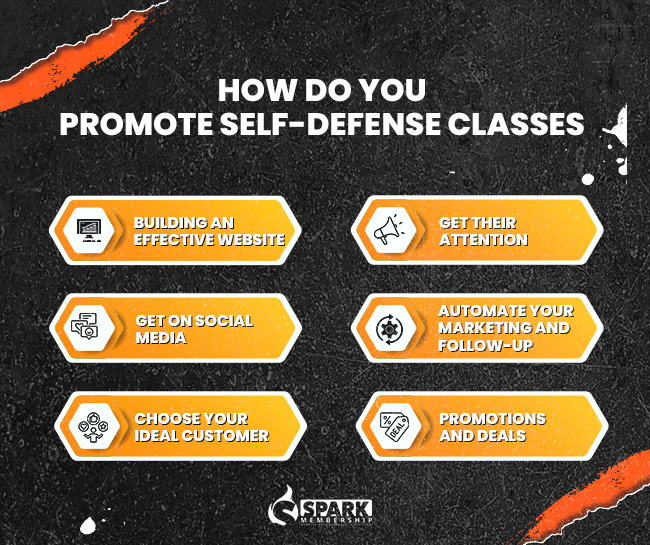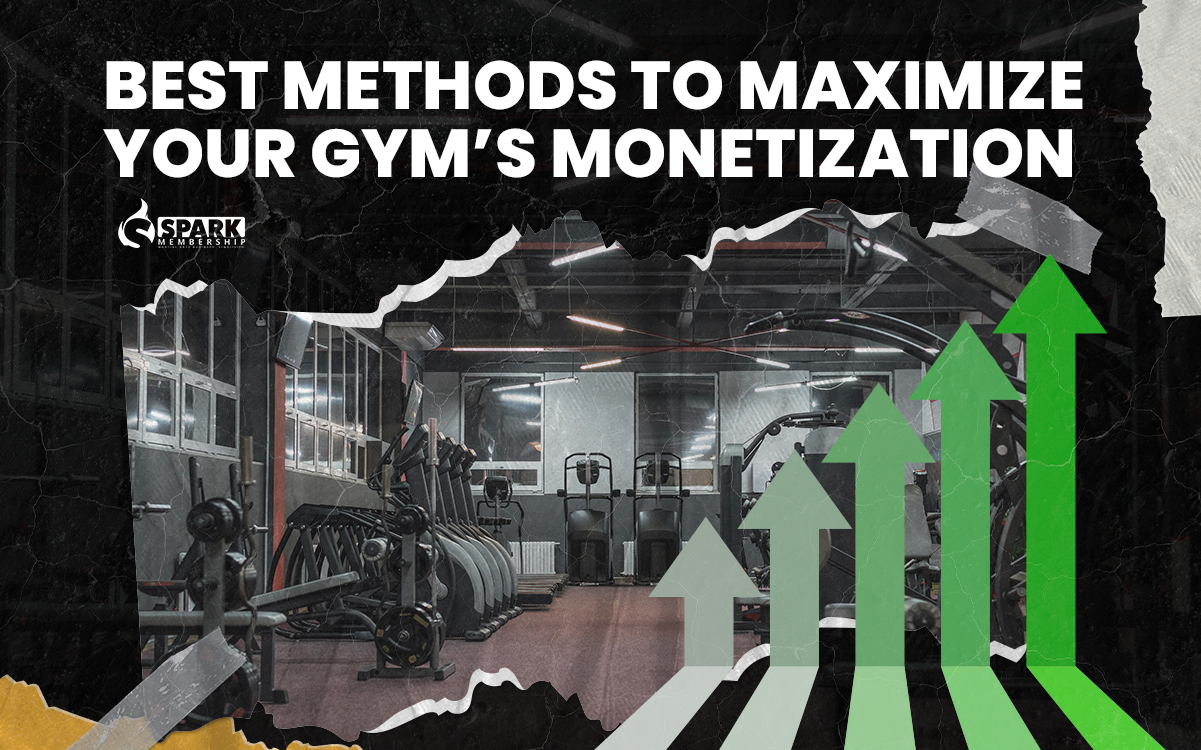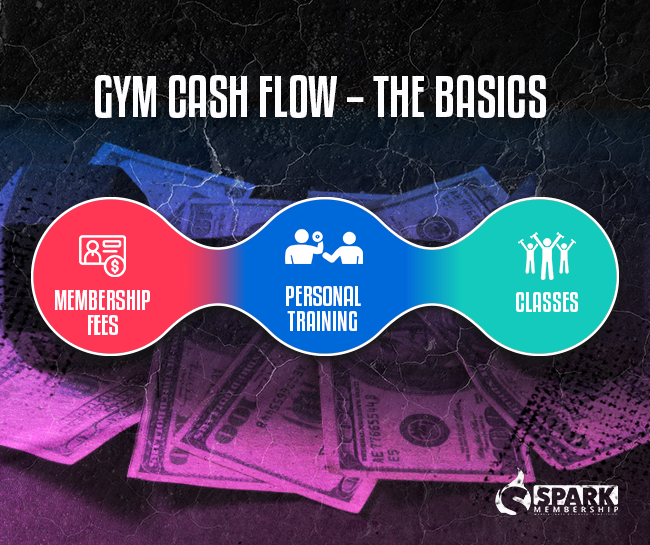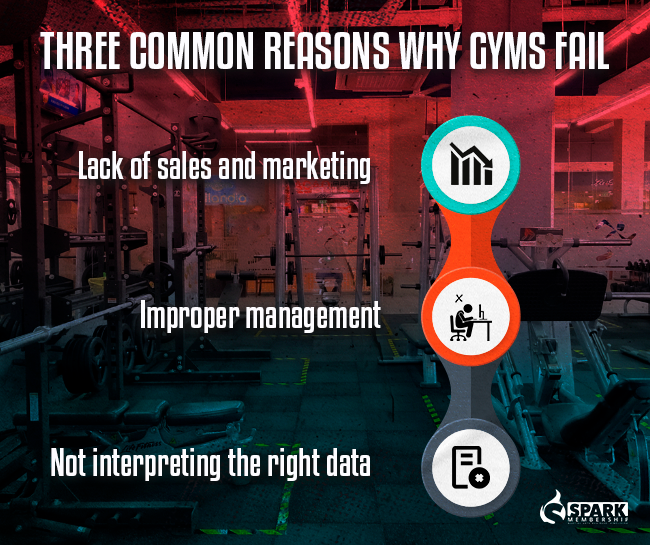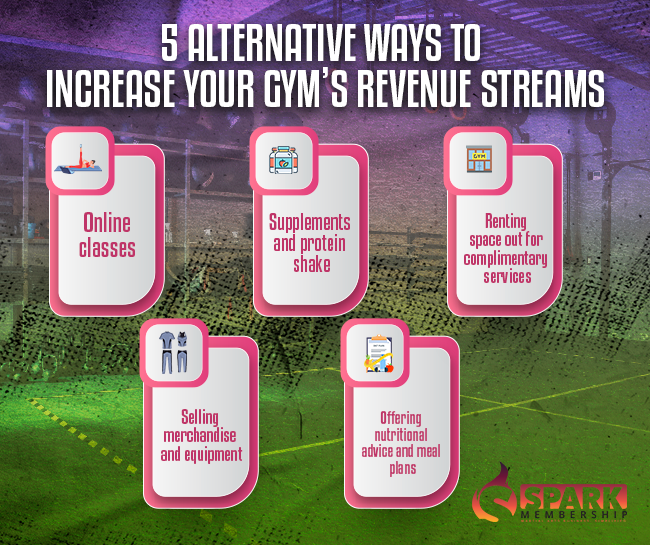
Although the word “sports facility” is all-encompassing, it is both a general and specific term that needs to be addressed. Running a sports facility can include all general sports clubs or even a niche local club that caters to the surrounding demographic. No matter how your sports facility is structured, the way of managing the entire organization is consistent. In this article, we will explore the blueprint that comprises successful sports facilities management and the top 6 challenges that need to be addressed.
What Are the Top Challenges of Running a Sports Facility
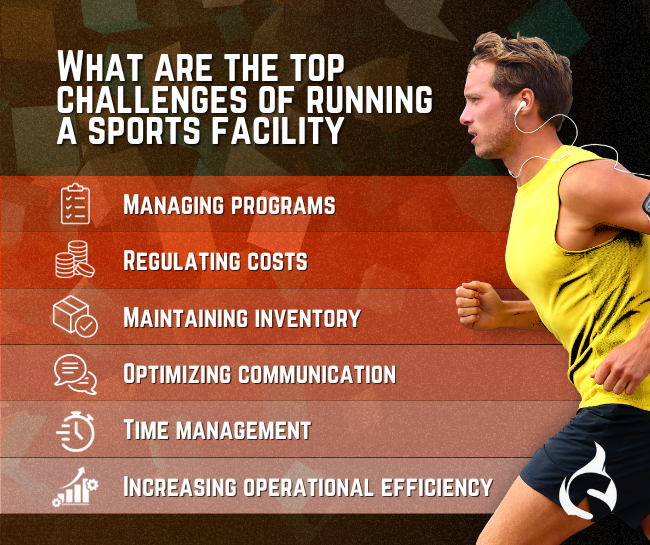
It may be easy to get lost in the day-to-day operational nature of your business, but successfully managing your sports facility comprises many things, both from a macro and micro perspective. It can definitely be challenging to maintain a standard of excellence, especially without a proper template or management software. Even with that being said, it is very rewarding to have a business that runs itself and does well for your top line.
Let’s go over the top six challenges below:
- Managing programs: This includes both member-focused programs, and employee incentives
- Regulating costs: Ensure that your bottom line is not being cluttered with unnecessary expenses
- Maintaining inventory: Create standardized and organized methods of stocking so that you are never without inventory, and never in too much surplus
- Optimizing communication: Member communication, employee communication, marketing, and suppliers all must have a proper channel to communicate clearly and timely
- Time management: The crux of the SMART method is time, a resource that is fleeting and much more valuable than capital
- Increasing operational efficiency: When a solid plan is in place, continuously monitor and optimize for the best results
Framework for Effective Sports Facilities Management
- Structure your programs

This starts with understanding your target customer and their needs and pain points. First, you must figure out who you are catering to, as a blanket approach is not only extremely expensive but reduces the effectiveness of your communication and targeted marketing. Your programs will contribute to the building of your brand, as offering core services in your sports facility will comprise the culture that you are fostering.
When structuring your programs, it is not enough to simply build the program. Introducing a tiered system for athletes of different skill levels and ages is a popular way to offer a complete service to the potential customers in your community. This should be paired with a seamless booking system that also connects to an interactive calendar. Don’t forget to add promotions and referral systems to these programs to add more awareness and create buzz around your brand.
Read the related blog: Why Regular Staff Evaluations are Crucial for Martial Arts School Success
- Plan your budget

Your facility may need state-of-the-art athlete training programs and equipment, or it may just function as an after-school camp that is only for young children. Including these two models, and everything in between, allocating your capital is one of the most important functions you can carry out as an effective manager. When first creating your business plan and conducting market research, determine your ideal customer, their income level, and what they are willing to pay in both membership fees as well as private coaching and group sessions. From this, you can determine the level of your sports facility, purchase the correct equipment to do so, as well as build an effective team.
- Optimize your space

Even for a large facility, wasting space is a simple, but quick, win for your business to introduce revenue streams. For example, offering specialized amenities, such as squash courts and bocce courts are not able to be used for dual purposes, so more can be charged. However, gymnasiums, yoga rooms, and open training areas can be used for multiple purposes. You can use these spaces for team sports activities, such as basketball and soccer, or even for free weight and bodyweight training. If you ever find yourself short on clientele or owning too large of a facility, you can look into additional revenue streams such as renting out your space.
- Organize your staff, and empower them

Building an effective team is difficult, but extremely rewarding. Always start with the members that you have, and empower them. Find out their biggest pain points and address them. Empowered and happy staff will always bring happy customers and members. Offer great compensation, and incentives and always make sure their goals align with that of the organization. People don’t leave “bad” jobs, they leave bad management.
- Address your costs

If you find yourself generating much more revenue than your competitors, but somehow always short on cash flow, you may have an expense problem rather than needing to create extra revenue streams. When addressing your cost of goods, it is important to evaluate your business as a whole rather than to start cutting essentials. For example, businesses often look at their wages and marketing costs when first evaluating their businesses, but that may be the reason your business is successful. Commonly overlooked problems are rents, energy costs, overbuying stock, and the light bill. Sports facilities have an extremely high energy expenditure, for example, so look at powering down during warmer days and conducting classes outdoors.
Tie It All Together: Management Technology
Developments in technology have made it possible to run your sports facility while cutting the learning curve, as well as tying your entire operational structure together. Invoicing, bill payment, marketing, retargeting, communication channels, branding, scheduling, and many other activities are difficult to keep track of if they are done manually. An effective solution is to obtain sports management software that is custom-designed just for this reason. Spark Membership is the number 1 leading management software on the market, which lets you manage your sports facility in the comfort of your smartphone.






